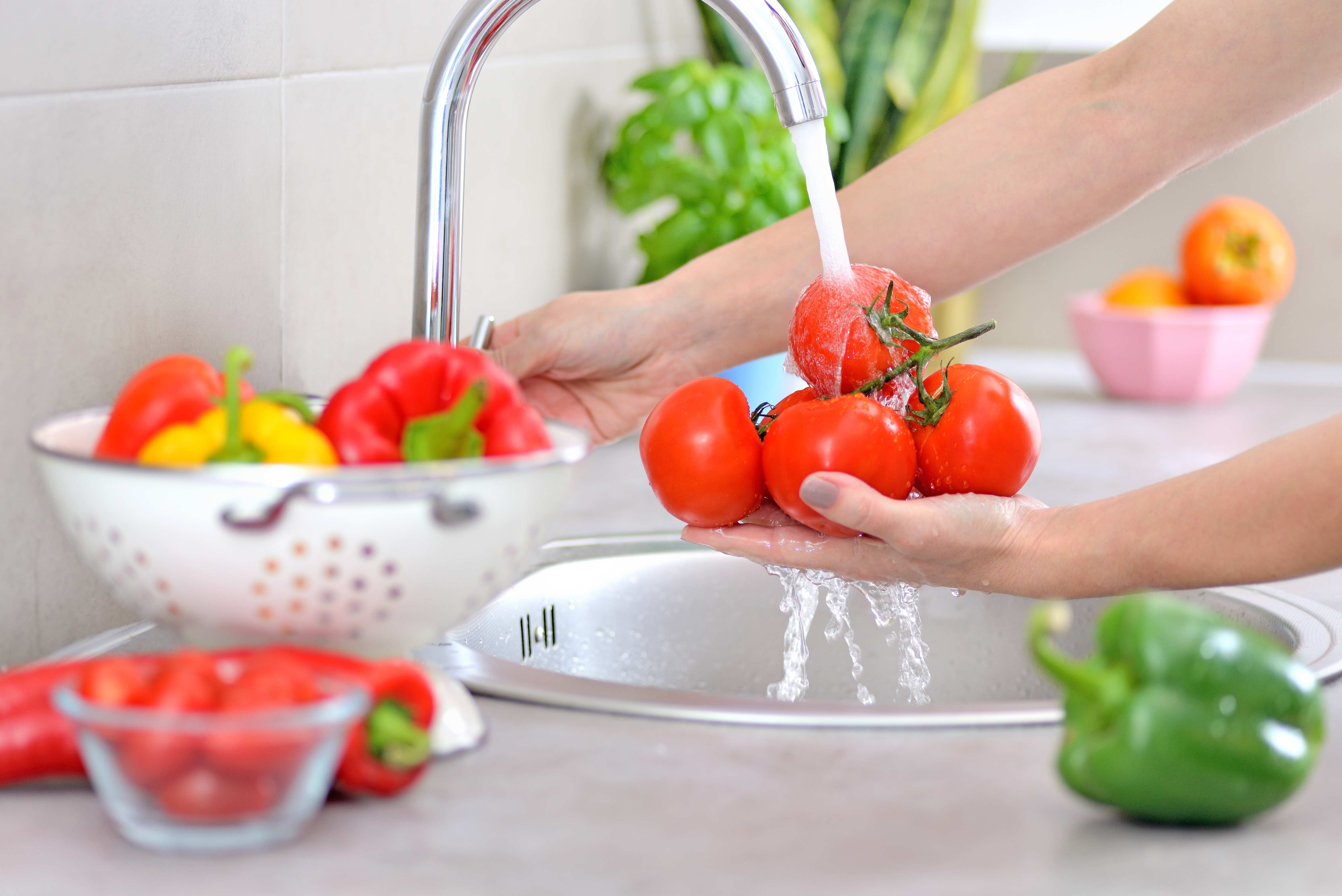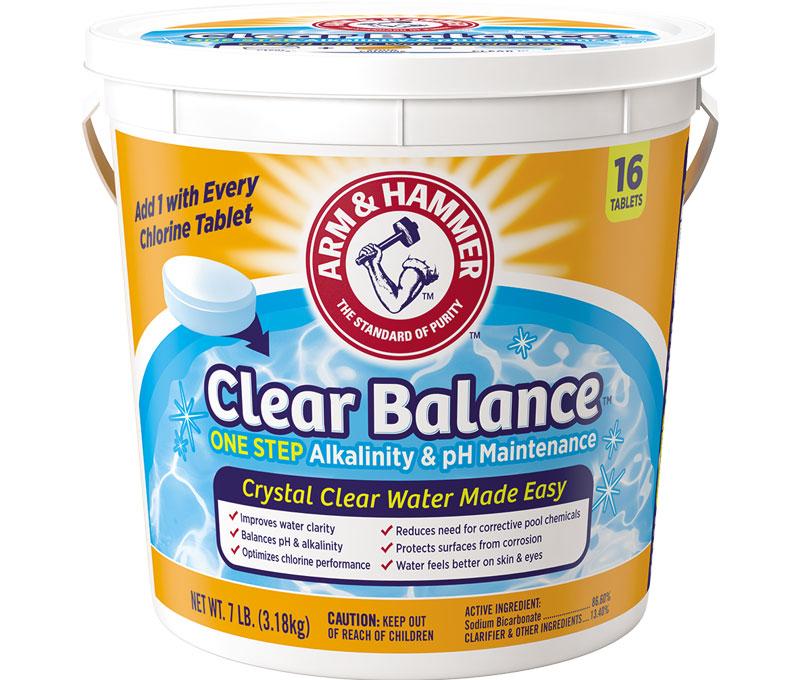How to Remove Chemical Residue from Produce
Everyone knows eating more fresh fruits and vegetables is a healthy choice. But fruits and veggies can pick up dirt, chemicals, and wax in their journey from farm to your crisper drawer. So how do you properly wash produce to make sure it’s safe to eat?
Don’t use soap to wash your produce – soap residue can seep into the veggies or fruit and cause an upset stomach. Bleach may be your friend for sanitizing your disposal or laundry, but it should never be used on food or even on dishes that hold food. And hot water will wilt, bruise, or begin to cook some veggies or fruits and can provide a pathway for microorganisms to get inside the produce.
Since bleach, soap, and hot water are no-go’s for how to clean produce, what should you do? The US Food and Drug Administration, the US Department of Agriculture and other scientists agree: use a cold water soak with baking soda to effectively help remove dirt, chemical residue, and other unwanted materials from your fresh vegetables and fruits.
How to Wash Vegetables and Fruit Naturally with a Baking Soda Wash
Even vegetables and fruits you peel should be washed before prepping or eating to ensure that chemical residue and dirt are removed. However, you should only wash your produce just before you plan to eat it. The moisture from washing, when left on the veggies, can harbor bacteria and cause your produce to go bad faster.
Here are the basic steps for how to wash fresh fruits and vegetables:
- Wash your hands for 20 seconds with soap and warm water. Your hands could have germs and dirt on them, so it’s best to begin by cleaning yourself.
- If you’re using your kitchen sink to soak your produce, wash and sanitize it first.
- To wash a large amount of produce, such as an entire head of lettuce or kale or a bag of apples, use your kitchen sink. For a smaller amount of fresh fruit, vegetables, or herbs such as a bunch of cilantro or a pint of blueberries, use a large, clean mixing bowl.
- Fill the bowl or sink about 2/3 full with cold water, leaving room to add the produce without the water spilling over the edge. Add ARM & HAMMER™ Baking Soda to the cold water. For a sinkful, add 3 or 4 tablespoons to the water and swish it around to distribute. For a mixing bowl, add 1 teaspoon baking soda to every 2 cups cold water.
- If your produce is on a vine, such as tomatoes, or leafy like a head of lettuce, separate the produce and remove all vines and outer leaves.
- Submerge the fruit or vegetables in the baking soda water.
- Let soak for 12 to 15 minutes. The time will help the baking soda do its job. Swish the produce around in the water or push it down several times to ensure all sides of the produce is being cleaned.
- For firmer vegetables and fruits, such as melons, apples, carrots, or potatoes, use a soft-bristle vegetable brush to scrub the surface. Lightly rub more fragile produce with your fingers. The scrubbing helps to remove the loosened dirt and softened wax and chemicals.
- Remove the produce from the water and let dry thoroughly before prepping or eating. For fresh herbs and leafy vegetables such as kale or chard, try layering leaves between tea towels or paper towels to soak up moisture.
Versatile ARM & HAMMER Baking Soda: What Else Can You Clean?
For more tips on using baking soda to clean in and around your home, explore these articles:




